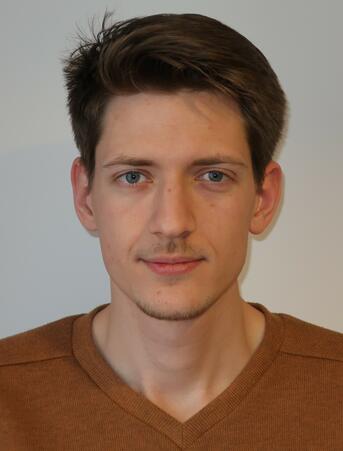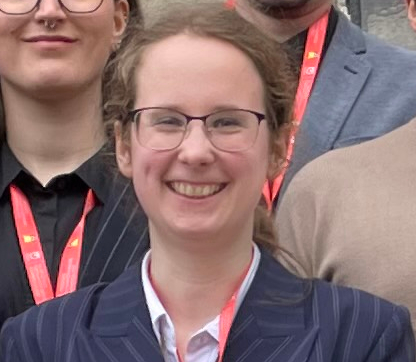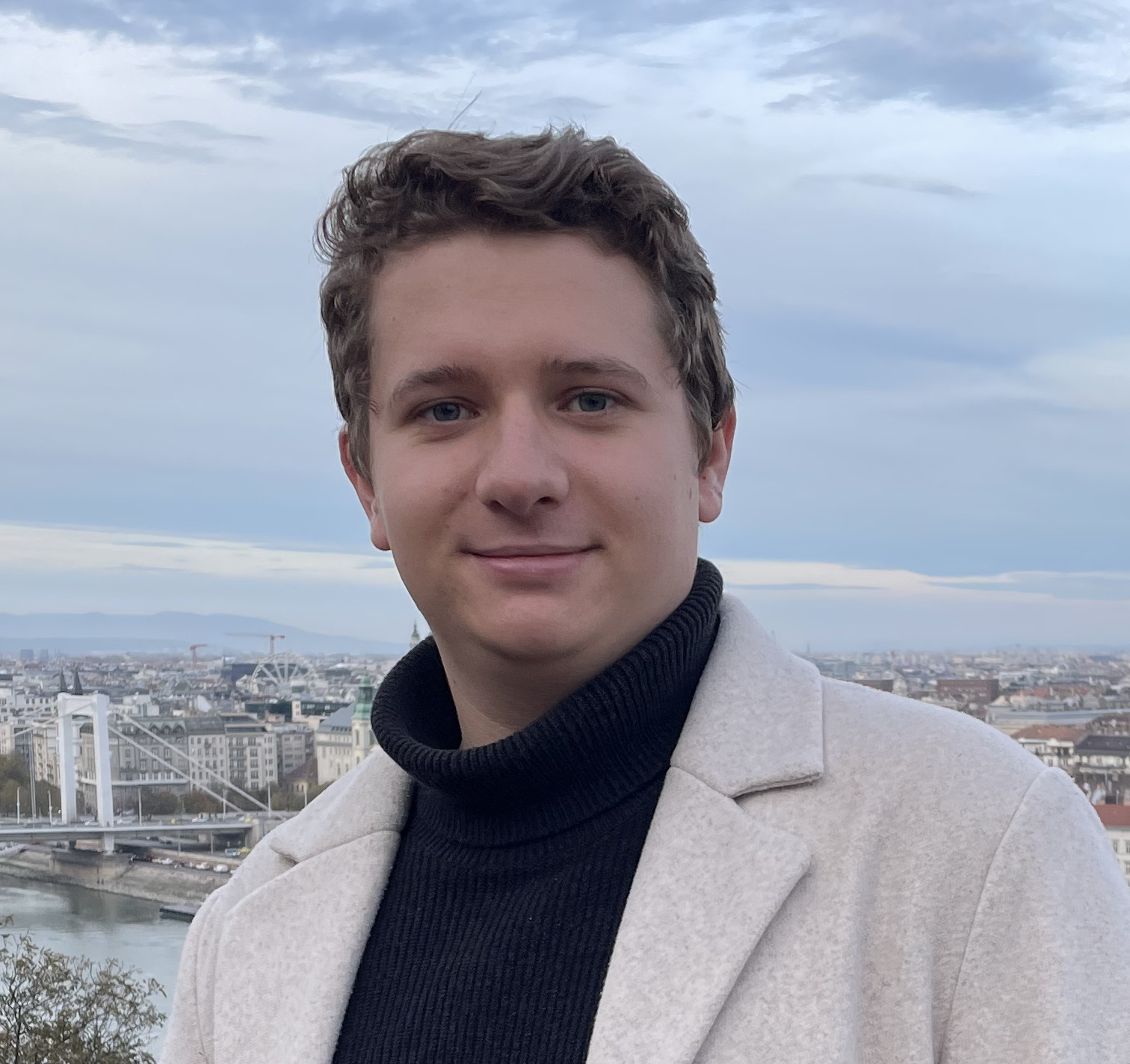Project Summary
High-Energy Geophysics: Earth sciences and geotechnics via measuring cosmic rays
The tracking of naturally occurring cosmic muon particles enables the passive and non-destructive exploration of the internal structure of solid, liquid and gaseous natural formations and objects and the monitoring of their conditions. This measurement method is muography, which is similar to X-raying, but it allows to inspect several orders of magnitude larger and inaccessible structures thanks to the high penetration ability of cosmic-ray muons. The High-Energy Geophysics Research Group of the Wigner Research Center for Physics of the Hungarian Research Network (HUN-REN) develops measurement procedures based on the tracking of cosmic muons, conducts earth science research and develops their social utilization in accordance with the green transformation and digital transition. The scientific goals are investigating the geology of the oceanic lithosphere by exploring the large-scale density structure of ophiolites; studyig active volcanism; characterizing the structural and geological properties of Earth subsurface; and studying the structure and dynamics of tropical cyclones. The planned social implementations of the research are the following: development of a muographic procedure for the assessment of volcanic and atmospheric hazards; mineral exploration for sustainable, efficient and safe mining; passive and non-destructive assessment of infrastructures; as well as the navigation and security application of muon positioning. The scientific objectives are related to the focus areas of John von Neumann Program.
The Research Group
Address: Office 129, Floor 1, Building 2, 29-33 Road Konkoly-Thege Miklós, 1121 Budapest, Hungary. Mailing address: 1525 Budapest, Pf. 49.





Partners
Wigner RCP, Innovative Detector Development "Momentum" Research Group (Website)
Center for High Energy Geophysics Research, Earthquake Research Institute,
The University of Tokyo (Website)
Muographix International Muography Research Organization,
The University of Tokyo (Website)
International Virtual Muography Institute (VMI), Global (Website)
College of Science and Engineering, National University Corporation Kanazawa University (Website)
Sabo Frontier Foundation (Website)
Muon Solutions Oy (Website)
Grants, Supporters
1 January 2024 - 31 December 2028:
HUN-REN Welcome Home and Foreign Researcher Recruitment Programme (KSZF-144/2023)
1 January 2024 - 31 December 2026:
National Research, Development and Innovation Office, Thematic Excellence Program (Development of Muographic Instruments, TKP2021-NKTA-10)
1 January 2024 - :
Vesztergombi High Energy Physics Lab (VLAB)
Projects
Geotechnics and Social Implementations

 English
English Magyar
Magyar